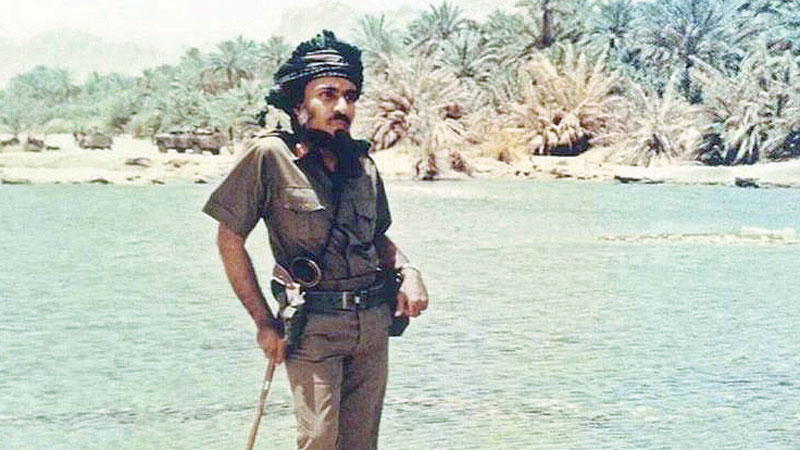

As transport is key to many development and economic goals, late His Majesty Sultan Qaboos always took care to build modern yet sophisticated network of roads, sea ports and airports.
During HM Sultan Qaboos reign, Oman witnessed the rapid development of roads network despite the harsh terrains connecting all governorates that now includes a tunnelled expressway.
From a measly 10 km paved road in 1970 to 40,000 km until by the end of 2019, Oman’s world-class roads have earned it high global indices.
The support the late Sultan Qaboos gave for the ports sector based on the expertise and the maritime calibre of Oman. The government of His Majesty Qaboos exploited the strategic location of Oman near the international navigational routes in developing Oman into a vital logistic hub in the region.
Port Sultan Qaboos is gateway for the cruises vessels coming to Oman from major ports and cities in the world especially.
Sohar port is one of the most developed ports in the region. It is a specialised port for activities besides the trade of general cargo and containers. The area of the port is more than 45 sqm and contains 21 berths ranging from sixteen to twenty-five metres and a total length of 6,270 metres.
Duqm port is considered one of the major ports in Oman and has features of sophisticated infrastructure and its position the Asian and African shipping trade lines. The port sees the construction of vital projects like the dry bulk berth and government entities berth infrastructure, which is the first integrated berth for government in Oman. It represents an investment magnet in the region as a transit or a direct line for regional and global market.
The length of the main breakwater is 4,100m and the secondary breakwater is 4,600m. It also has a general cargo and container berths — 2,298m long and 18m deep. The port handling capacity for container terminal is 3.5 million containers as the port can even receive and handle ships with capacity of 22,000 containers per ship.
Duqm port contains the dry dock, which is considered to be the second largest of its kind in the Middle East and North Africa. It consists of two docks that are 10m deep, one dock is 410m by 95m, and the other is 410m by 80m. Furthermore, there is a 2.8 km of quays available for additional ships to be repaired.
Multiple ships can be repaired at the same time, including some of the largest tankers in the world such as ultra-large crude carriers (ULCCs) at capacities up to 600,000-deadweight tonnage (DWT). Future plans include adding a floating dock. Suwaiq port is endowed with a location centred in Batinah and near the capital Muscat as well the Khazaen economic zone. It is also near commercial markets like Iranian and Pakistani markets. The port saw many developments since the operation of the commercial side.
Shinas port plays a vital role in revitalizing intra-trade between Oman and the neighbouring countries, especially exporting and importing livestock, agriculture and fisheries products.
Khasab port is considered important due to its strategic location near Strait of Hormuz. The port receives many commercial vessels of various cargo types coming from the neighbouring countries, especially food and livestock.
The ports work in high capacity and performance as stated by the global competitiveness report. Handling cargo as well the pre-clearance of a great amount of imports before the arrival of the ship won’t take more than an average of 6 hours.
For a giant leap in logistics, the ministry drafted the national logistics strategy, which was ratified with the consent of the Council of Ministers and was implemented immediately.
Muscat International airport (Seeb previously), which was opened officially in 1973, saw many improvements to keep up with traffic growth leading it to a renowned global position, especially after the inauguration of new terminal in 2018.
Since the 1970s, when there was only one international airport in Oman, the country’s aviation sector has come a long way. Today it has five airports, which includes three international ones.
It all started with Salalah and Muscat operating both international and domestic flights, and this was gradually expanded to Suhar. Now, Duqm and Khasab have functioning airports that cater solely to domestic flights.
Oman Observer is now on the WhatsApp channel. Click here



